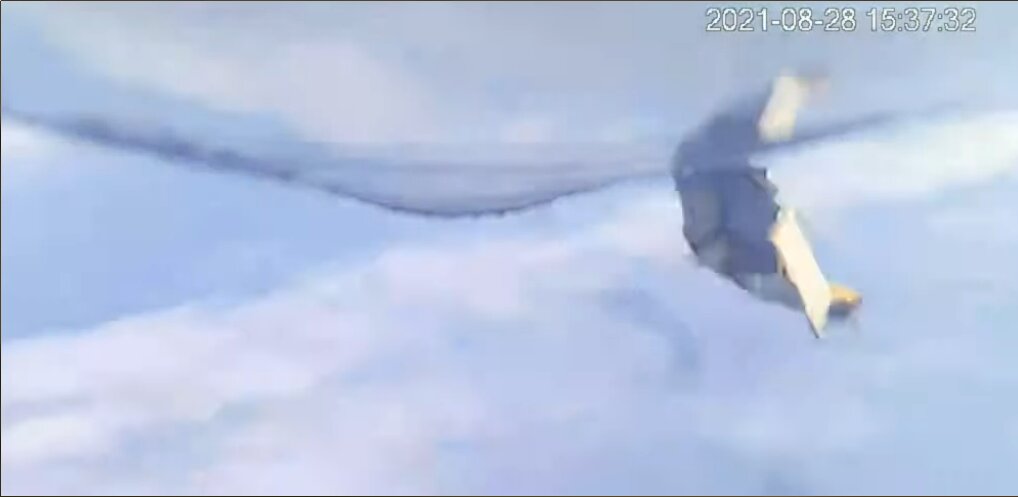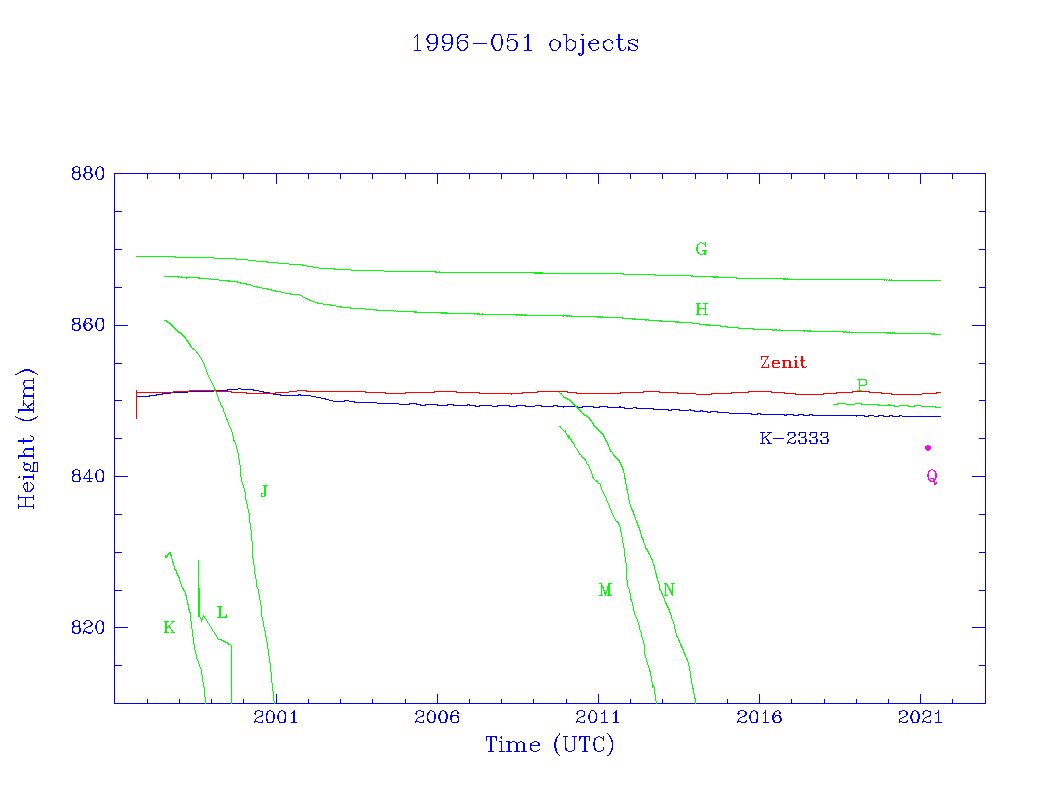
No TLEs for China's TJS-7 satellite since Aug 25. Plausible that it made an apogee burn around Aug 25 0800 UTC over ~ 112E. I suspect it to be a successor to TJS-3 and not a Huoyan sat as originally reported (despite the Huoyan-like image in the launch animation).
Meanwhile TJS-3 departed 87E on Aug 30 heading west. TJS-3 Subsat remains on station at 59.0E as it has done since launch. I wonder if the reports that TJS-7 will dock with TJS-6 couud be a mistake for a planned docking with TJS-3 . Just speculation, we'll have to watch the TLEs
Recap (1): TJS (Tongxin Shiyan Weixing, Communications Experiment Satellite) is a cover name for at least 3 series of satellites
Recap (2): TJS-2, 5 and 6 are thought to actually be Huoyan-1 01, Huoyan-1 02, and Huoyan-1 03, infrared missile launch warning satellites from SAST/Shanghai. currently at 66E, 107E and 178E in GEO.
Recap (3): TJS-1 and 4 are thought to be Qianshao-3 01 and Qianshao-3 02, signals intelligence satellites from CAST/Beijing, at 155E and 83E in GEO.
Recap (4): TJS-3 is something different. It was launched to 59E with a subsatellite (misleadingly dubbed "TJS-3 Apogee ick Motor" by Space Force). The subsat, which I will call TJS-3B for now, remains at 59E. TJS-3 itself moved to 173E in Jun 2019 and then to 87E in Jan 2021
TJS-3 then started moving again on Aug 30, less than a week after TJS-7 was launched.
• • •
Missing some Tweet in this thread? You can try to
force a refresh
















